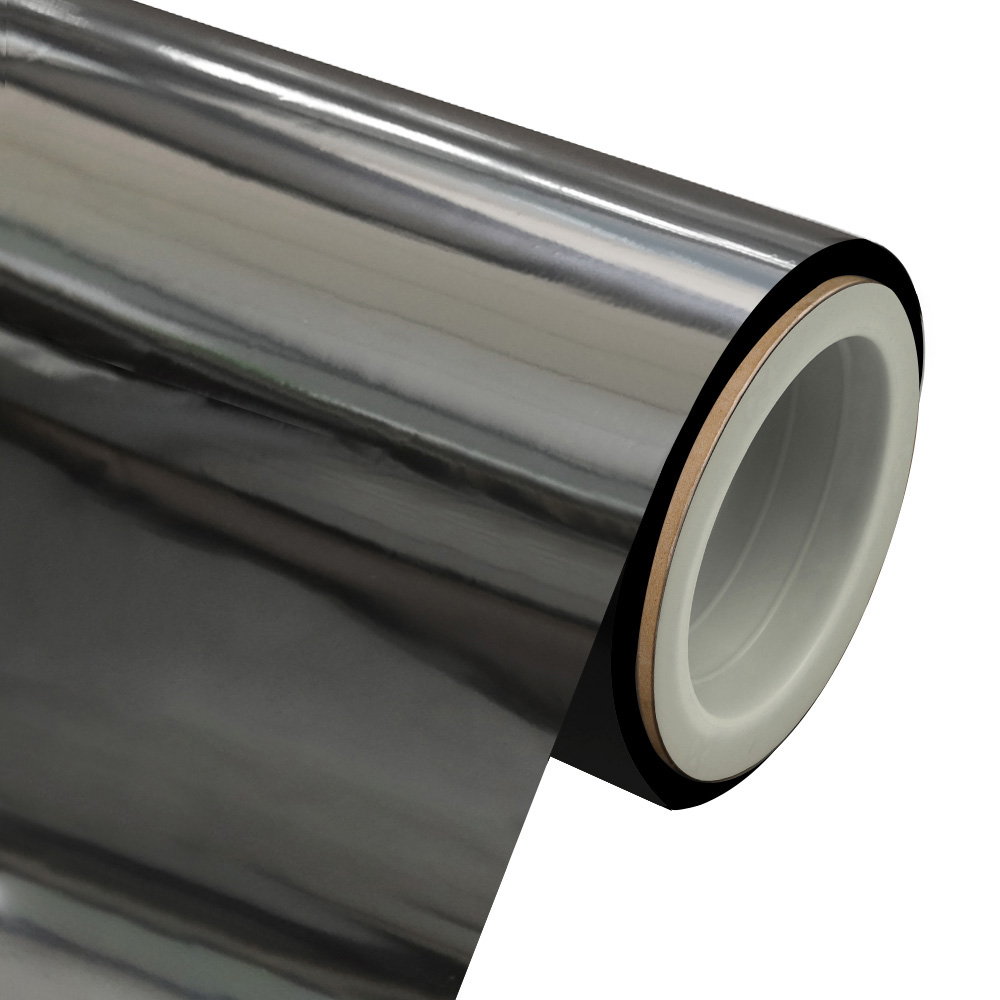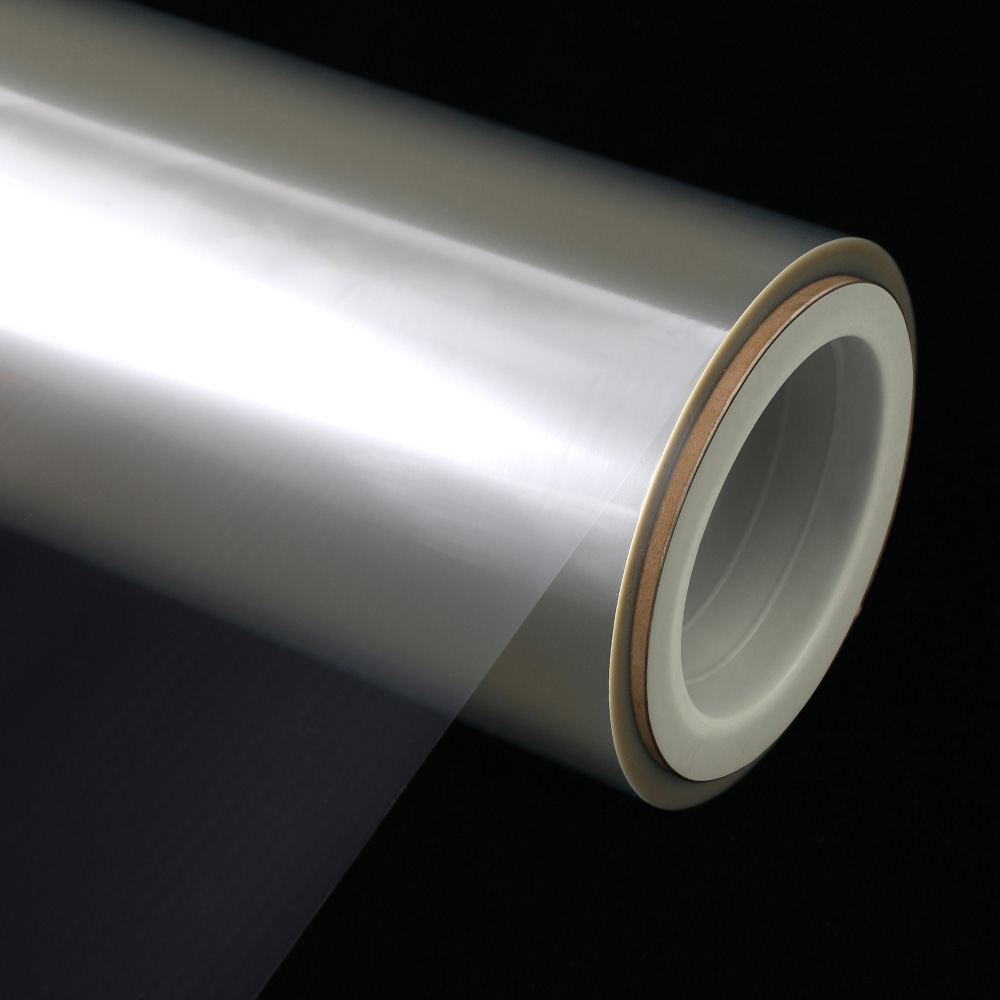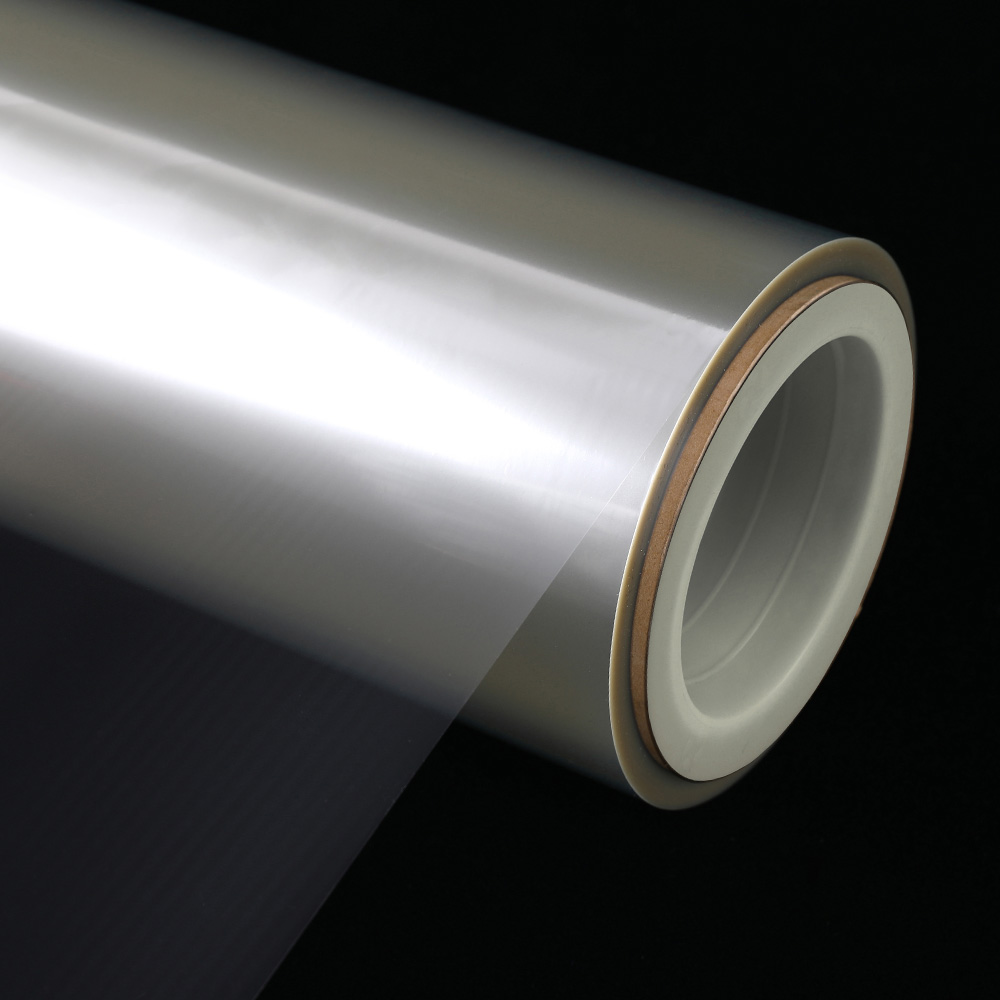Effect of heat setting time on the performance of PVA coated BOPA film and optimization strategy
Effect of heat setting time on the performance of PVA coated BOPA film
(I) Effect on crystallinity
During the heat setting process, the molecular chains of PVA coated BOPA film will rearrange and crystallize. Appropriate heat setting time can make the molecular chains move fully and form a more complete crystal structure, thereby improving the crystallinity of the film. The increase in crystallinity helps to improve the mechanical properties and barrier properties of the film. However, too long heat setting time may cause excessive crystallization of the molecular chains and form larger grains, which in turn reduces the toughness and ductility of the film.
(II) Effect on dimensional stability
Dimensional stability is one of the important performance indicators of PVA coated BOPA film. Appropriate heat setting time can keep the film stable in size during heating and cooling, reducing shrinkage and deformation. This is because during the heat setting process, the stress inside the film is released and the interaction between the molecular chains is enhanced, thereby improving the dimensional stability of the film. However, too long heat setting time may cause the film to relax excessively and reduce dimensional stability.
(III) Impact on heat resistance
Heat resistance is the ability of PVA coated BOPA film to maintain stable performance under high temperature environment. Appropriate heat setting time can improve the heat resistance of the film, making it less likely to deform and melt under high temperature. This is because during the heat setting process, the molecular chains of the film are reinforced to form a more stable structure. However, too long heat setting time may increase the thermal stress inside the film, which will reduce its heat resistance.
(IV) Impact on mechanical properties
Mechanical properties are one of the core properties of PVA coated BOPA film, including tensile strength, tear strength, impact strength, etc. Appropriate heat setting time can significantly improve the mechanical properties of the film. This is because during the heat setting process, the molecular chains of the film are rearranged and reinforced to form a tighter network structure. However, too long heat setting time may cause the mechanical properties of the film to decrease, especially tensile strength and tear strength. This is because too long heat setting time may cause the molecular chains inside the film to break or over-crystallize, resulting in deterioration of mechanical properties.
Factors affecting heat setting time
(I) Heat setting temperature
The heat setting temperature is closely related to the heat setting time. A higher heat setting temperature can speed up the movement of the molecular chain and shorten the heat setting time; while a lower heat setting temperature requires a longer heat setting time to achieve the same crystallization effect. However, too high a heat setting temperature may cause thermal degradation of the film and affect its performance.
(II) Film formulation
The film's formulation ingredients, such as the content of PVA, the type and amount of additives, will also affect the heat setting time. Different formulation ingredients will change the structure and interaction force of the molecular chain, thereby affecting the movement and crystallization behavior of the molecular chain during the heat setting process.
Strategies for reasonably determining the heat setting time
(I) Considerations based on film thickness
Thicker films require longer heat setting times to ensure that they are fully crystallized and relaxed inside. This is because thicker films require more time to transfer heat during the heating process to allow the molecular chains to fully move. However, too long a heat setting time will increase production costs and reduce production efficiency. Therefore, in actual production, it is necessary to reasonably determine the heat setting time according to the thickness of the film to balance the production cost and product quality.
(II) Considerations based on performance requirements
Different application fields have different performance requirements for PVA coated BOPA films. For example, the food packaging field has high requirements for the barrier properties and mechanical properties of the film, while the electronic packaging field has high requirements for the heat resistance and dimensional stability of the film. Therefore, in actual production, it is necessary to reasonably determine the heat setting time according to the performance requirements of the product. For products that require high barrier properties and mechanical properties, the heat setting time can be appropriately extended; for products that require high heat resistance and dimensional stability, the heat setting time can also be appropriately adjusted.
(III) Considerations based on production process
The production process is also one of the important factors affecting the heat setting time. Different production processes have different requirements for the heating and cooling speed, temperature control, etc. of the film, so it is necessary to reasonably determine the heat setting time according to the production process. For example, on a continuous production line, due to the high production speed, the heat setting time needs to be appropriately shortened to ensure production efficiency; on an intermittent production line, due to the slow production speed, the heat setting time can be appropriately extended to ensure product quality.
(IV) Optimization based on experimental data
In order to more accurately determine the heat setting time, optimization can be performed through experimental data. Specifically, PVA-coated BOPA film samples with different heat setting times can be prepared, and their crystallinity, dimensional stability, heat resistance, and mechanical properties can be tested. By comparing and analyzing the experimental data, the optimal heat setting time range can be found, thereby optimizing product quality in actual production.


 English
English  中文简体
中文简体 





